
|
|
ASU named a top 'Cool School' for third year in a row
Sitting first among institutions with more than 10,000 students and seventh overall, ASU is recognized in the 2017 edition of Sierra magazine's annual "Cool Schools" ranking for its commitment to upholding high environmental standards.
read more »
|
|
|
|
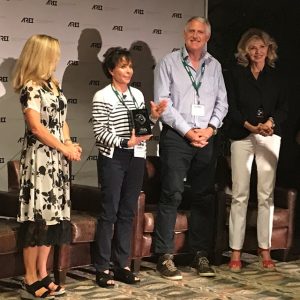
|
|
Award recognizes ‘huge leap’ for sustainability education
Calling her a “sustainability pioneer,” Sally Ranney of the American Renewable Energy Institute presented Julie Ann Wrigley with an award on American Renewable Energy Day – a recognition of the leap of faith Wrigley took when investing in the country’s first School of Sustainability.
read more »
|
|
|
|
|
|
|
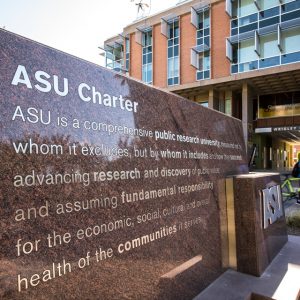
|
|
#1 in innovation for three consecutive years
For the third year in a row, Arizona State University tops U.S. News and World Report's list of “most innovative schools” in the nation – a recognition of the university’s groundbreaking initiatives, partnerships, programs and research in fields like sustainability.
read more »
|
|
|
|

|
|
Christopher Boone: Thought Leader Series
Titled "A funny thing happened on the way to the job market," this essay by School of Sustainability Dean Christopher Boone illustrates the increased appeal of a sustainability degree to employers across industries. The essay appeared in several newspapers in the Valley and across the country.
read more »
|
|
|
|
|
|
|
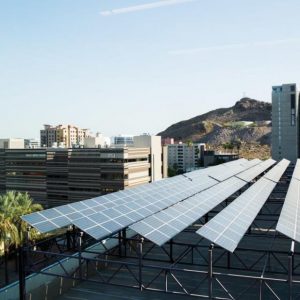
|
|
ASU researchers receive accolades for solar energy research
Making ASU the largest recipient of funding in the 2017 Photovoltaics Research category, ASU researchers – including three sustainability scientists – received $4.3 million in Department of Energy SunShot Awards for their work to make solar cost-competitive.
read more »
|
|
|
|
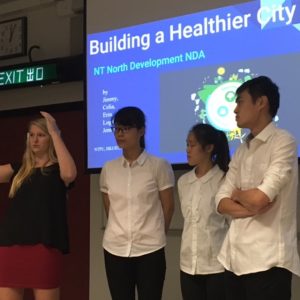
|
|
3 countries, 3 universities, 1 unforgettable experience
ASU sustainability senior Hailey Baker was among 31 students representing ASU, Hong Kong University of Science and Technology, and National Taipei University who experienced Southern China through a unique summer course on sustainable urban development.
read more »
|
|
|
|
|
|
|
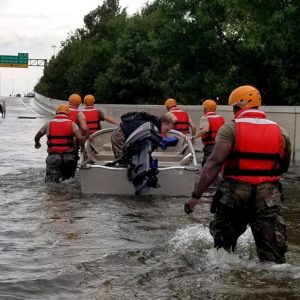
|
|
How to weather calamities like Harvey and Irma
According to Charles Redman – founding director of ASU’s School of Sustainability and leader of the Urban Resilience to Extreme Weather Related Events Sustainability Research Network – new ideas on how to build more resilient cities focus on working with nature rather than trying to master it.
read more »
|
|
|
|
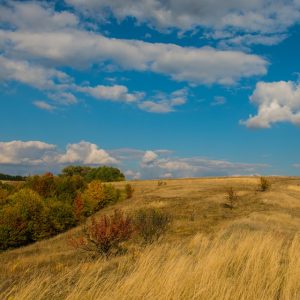
|
|
ASU announces new center for global drylands stewardship
Focusing on issues like the impacts of land-use change and the ecology of desertification, ASU's Global Drylands Center – a unit of the ASU Wrigley Institute – will engage key actors of dryland stewardship in developing use-inspired research, training and solutions for arid ecosystems around the world.
read more »
|
|
|
|
|
|
|
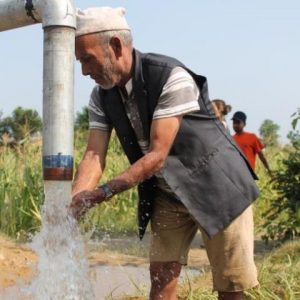
|
|
Solar-powered system helps provide water beyond the annual rainy season
Over the summer of 2017, a group of ASU sustainability and engineering students traveled to the Hindu Kush region of the Himalayas to help local farmers make their operations viable year-round using solar energy – eliminating the need for them to migrate.
read more »
|
|
|
|
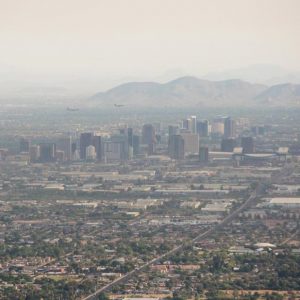
|
|
Cities can make greener purchases with help of new initiative
Aimed at making it easier for cities to “buy green," ASU's new Sustainable Purchasing Research Initiative created eight real-world recommendations that can be used by city officials considering environmentally-friendly products – from light bulbs to carpeting.
read more »
|
|
|
|
|
|
|
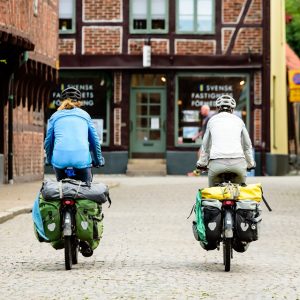
|
|
Kathleen Andereck and Christine Vogt: Thought Leader Series
In the United Nations’ International Year of Sustainable Tourism for Development, what progress has been made toward community-appropriate, environmentally-sensitive and economically-viable travel? Sustainability scientists Kathleen Andereck and Christine Vogt provide an overview.
read more »
|
|
|
|
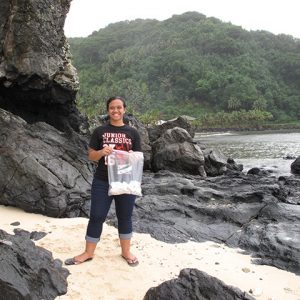
|
|
Microplastics risk assessment in American Samoa
To estimate risk to marine ecosystems and human health in American Samoa, sustainability scientist Beth Polidoro is using a NOAA award to quantify the types and concentration of organic contaminants and microplastics in the region – including in locally-consumed seafood.
read more »
|
|
|
|
|
|
|
|
|